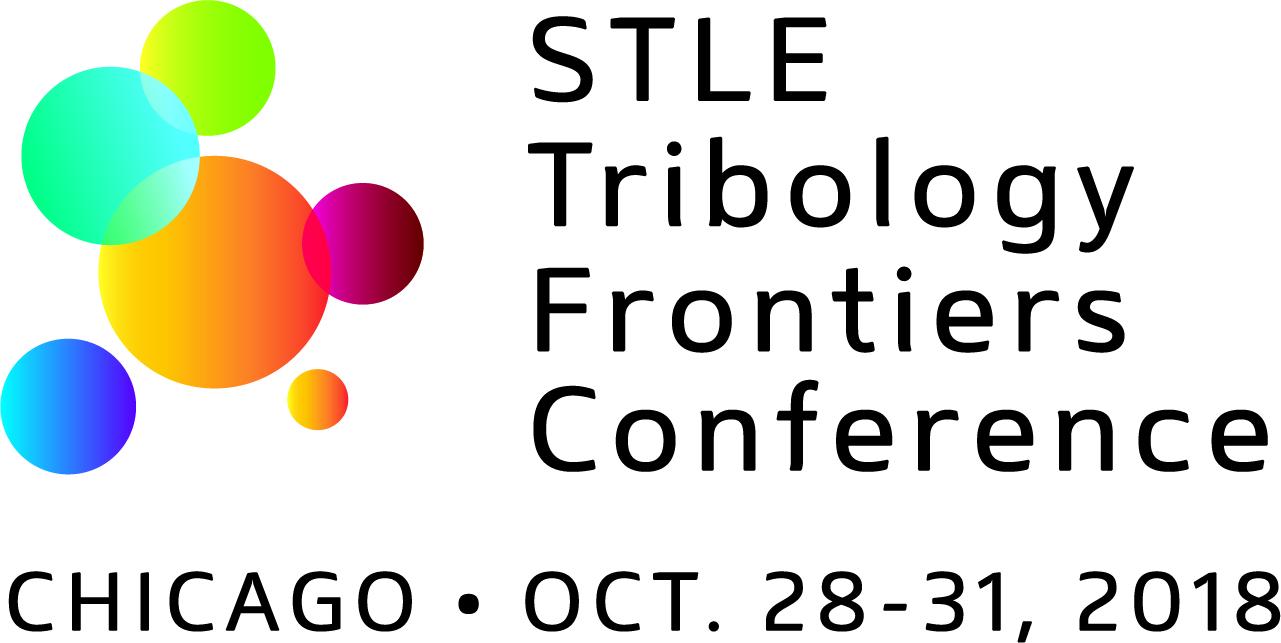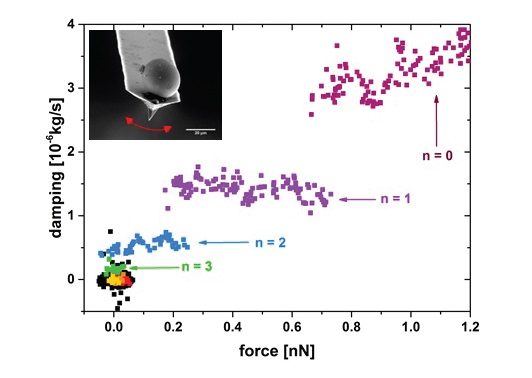Dynamic shear force microscopy as a tool to explore molecular mechanisms of lubrication
Roland Bennewitz and Günther Krämer, INM – Leibniz Institute for New Materials and Physics Department, Saarland University, Campus D2 2, 66123 Saarbrücken, Germany | TLT 2016 TFC Abstract Highlights November 2017
For the benefit of our readers involved in tribology research, TLT is publishing abstracts of the best papers presented at the 2016 Tribology Frontiers Conference. Registration for the 2018 TFC opens in May. Until then, you can find 2018 updates and program information at www.stle.org.

Co-sponsored by ASME Tribology Division.
The confinement of liquid lubricants between approaching asperities can be studied by atomic force microscopy (AFM). At the transition from hydrodynamic to boundary lubrication, when the lubricant film is only a couple of nanometers thick, lubricant molecules begin to order in layers. We study the shear properties of ultrathin lubricant films by dynamic force microscopy. The tip of the AFM is made to oscillate laterally by actuation of a magnetic bead attached to the cantilever. For hexadecene films of n=3 or less molecular layers on a graphite substrate, we observe significant additional shear damping upon confinement. This increase in shear viscosity depends only on the number of layers remaining in the gap, but not on the normal pressure applied to the contact.
